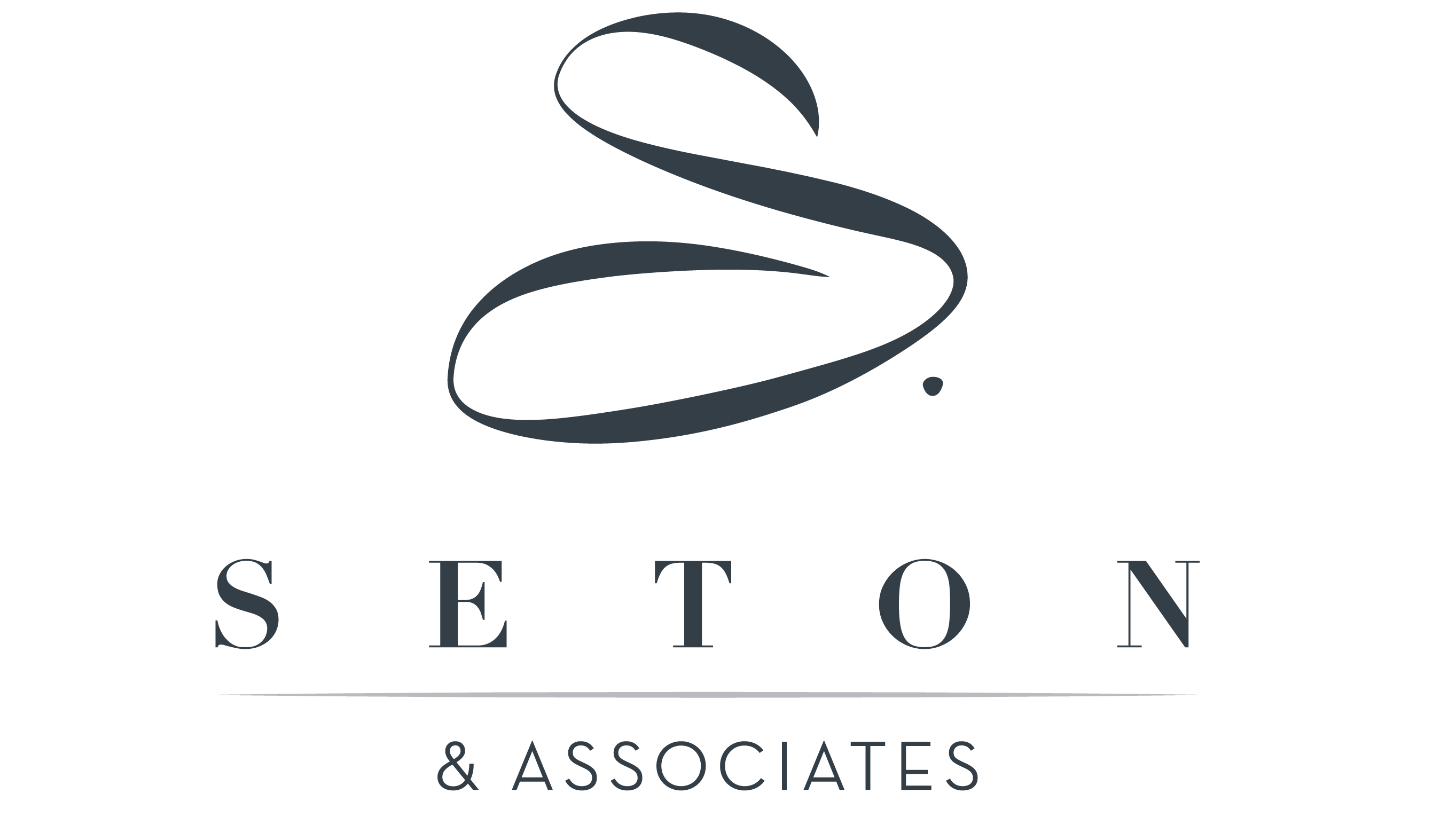While Santa is making his list and checking it twice, now is the time to do the same for your nonprofit organization! Here are a few tips to get you started and keep you off the IRS naughty list.
#1 Annual Meeting
Every year your nonprofit board needs to meet at least one time according to IRS regulations. While your bylaws spell out specifically how many times your board of directors is required to meet, most nonprofits default to the minimum of once per year. Have you had yours yet? If not, there is no time to lose on scheduling an in person board meeting! Here are a few things to remember –
- Start the meeting off right by review your organizations work and accomplishments over 2018 – make sure you highlight your organizations key data points
- Double check your term limits for board members and if necessary, appoint new members and officers (you must have a minimum of a president, secretary and treasurer)
- Review policies like conflict of interest and update any other organizational business matters
- Give your board an update on key financials including revenue, costs and any investments
- Discuss major plans and initiatives your organization intends to undertake next year
- Make sure your secretary takes notes and files them with your organizations board minutes
- Thank your board for its service and dedication in furthering your nonprofits mission!
#2 End of year tax filings
Most nonprofits file what is commonly referred to as a 990, or IRS form 990 for their end of year tax return. The different forms include 990, 990-EZ and 990N. A few pointers –
- Your 990 is due 5 ½ months after the close of your fiscal year – so if you use a calendar year your filing would be due May 15th
- There is no penalty for late filings, but if you fail to file for three years you will loose your tax exempt status – so don’t push it!
- Use form 990-N if your gross receipts are under $50,000
- Use form 990-EZ if your gross receipts are between $50,000 and $200,000 (and have total assets less than $500,000)
- Use form 990 if your gross receipts are above $200,000 (and have total assets above $500,000)
- Don’t forget to issue your 1099’s to any independent contractors
#3 Donor Acknowledgments
Donors that have made contributions to your organization totaling more than $250 need a written acknowledgment to claim the deduction on their individual tax return. Make sure you’re following good stewardship as well as helping your donors stay ahead of their returns by sending these letters before donors request them. A few tips of what should be included in your acknowledgment letter –
- Your nonprofits EIN number
- Date of the contribution
- Name of your organization
- Name of the donor
- Description of any services rendered for the donation and a ‘good faith’ estimate of the value of those services (example, a fundraising dinner where the donation gets you a plate, the value of the dinner must be stated)
Don’t wait for the New Year to take care of 2018! Have any questions or need some help from the professionals? Contact Seton & Associates Here


